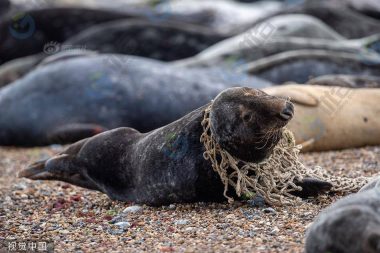1. Good water permeability: ceramic permeable bricks adopt reasonable particle grading, which can quickly penetrate the precipitation from small to moderate rain.
2. High strength: the product is fired at a high temperature of 1200-1300 ℃, and the product combination is formed by melting and cooling the physical components between particles. The strength is very high. Usually greater than 45 MPa.
3. Good freeze-thaw resistance: due to the large pores between particles, the combination is sintering, and has good resistance to freezing and thawing in the north. It has solved the problem that the cement permeable brick is not good at frost and thaw resistance if it is good at water permeability, and is impermeable if it is good at frost and thaw resistance.
4. Good anti-skid performance: the ceramic permeable brick has coarse particles on the surface, and the rainwater penetrates quickly. There is no water accumulation and ice formation after rain and snow, and the anti-skid effect is good.
5. Good ecological and environmental protection performance: it can be produced from industrial wastes such as ceramic waste, sewage sludge particles, waste refractory materials, and fire waste, and can be reused. Bricks can be fired again after crushing.
6. It can improve the urban microclimate and retard the formation of urban floods: the porosity of ceramic permeable bricks is 20-30%, and they have good water storage capacity. In summer, the water is absorbed and infiltrated into the ground after the rain, nourishing the atmosphere, conserving water, and providing water for trees and flowers; When the sun is strong, water evaporation can reduce the surface temperature and improve the microclimate. If a large area of pavement is formed, it can effectively block rainwater and reduce the probability of urban flood formation.





